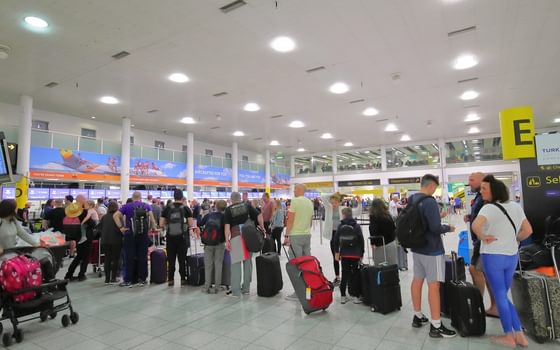A Green New Deal
Why a UK Green New Deal is What PostBrexit Britain Needs
03 April 2019
The UK needs a new economy that works for everyone and to move beyond the old, broken systems and status quo that left many behind. We also need bold, ambitious plans for a much more rapid response to climate change, to restore nature and to cut our use of resources.
Developed a decade ago by a group of UK-based economists, academics and activists and now back on the agenda, a Green New Deal could give us just that.
Last year, the Green New Deal concept, which first began in the US and then was developed in the UK by the Green New Deal Group, of which the New Economics Foundation was a founder-member, returned Stateside. Picked up with new gusto by Representative Alexandria Ocasio-Cortez and Senator Ed Markey, the US Green New Deal brings ambitious action on climate change and biodiversity loss together with a new jobs guarantee and social support such as free healthcare. It addresses economic, social and environmental crises together.
The momentum in the US creates a new opportunity for a UK Green New Deal, but the agenda and the hands of politicians are also being forced by the audacious school climate strikes and marches, inspired by 16-year-old Greta Thunberg, and by an increasingly radical climate movement. Just as the economic, social and environmental darkness seems all-enveloping and the debate about Brexit all-consuming, young people, who will be most exposed to the effects of climate change and who are already the losers of economic injustice, are providing a bright ray of hope. This is a moment we must not lose; and opportunity we must not squander.
A UK Green New Deal should share the level of ambition of its US counterpart, and should seek to drive efforts to reduce carbon emissions and restore nature way beyond anything currently conceived. But the economic programme that underpins it must respond to challenges that are specific to the UK; the Brexit politics of exclusion, the alienation of post-industrial places, the malaise in manufacturing; the housing crisis; poor quality, insecure work; the decline of public services; macroeconomic stagnation.
But perhaps the most important thing of all is that the Green New Deal responds to the principles of the growing movement demanding rapid climate action. There is, afterall, a limit to how far a plan can get you without a movement.
Banner image: Todd Paris/Alaska Centre for Energy and Power (CC BY-NC-ND 2.0)







